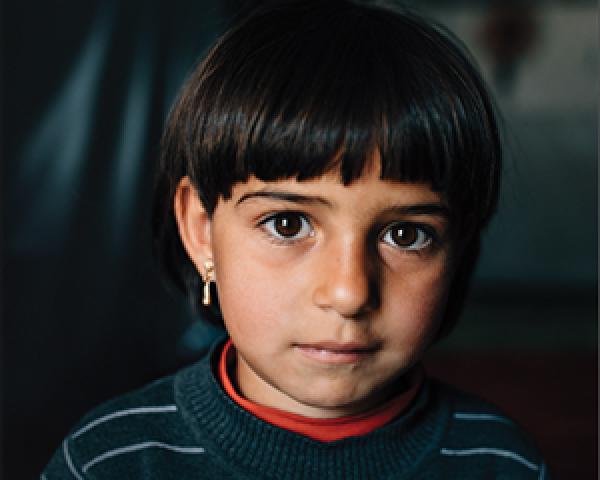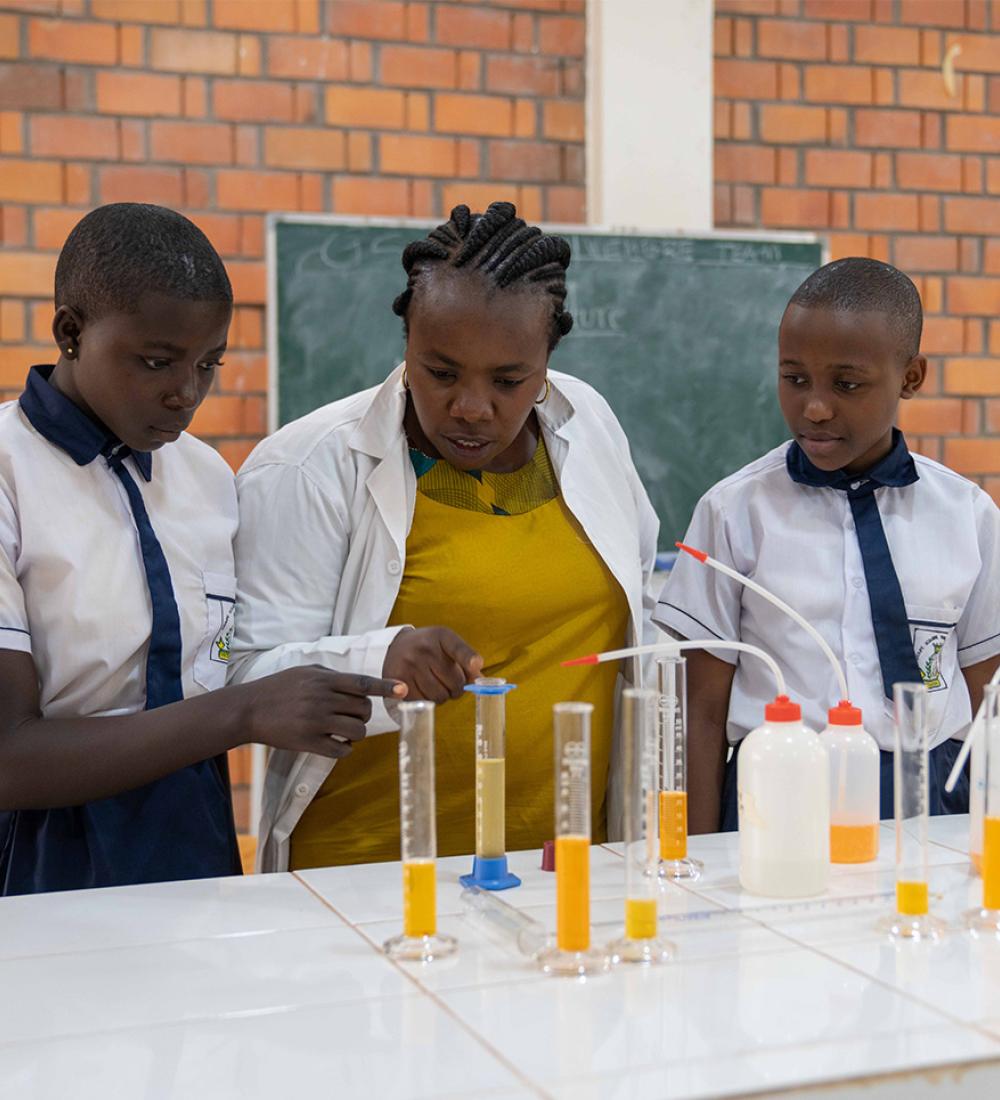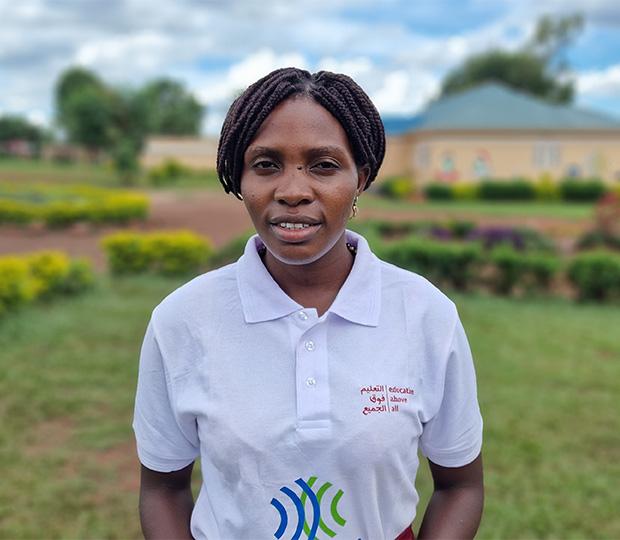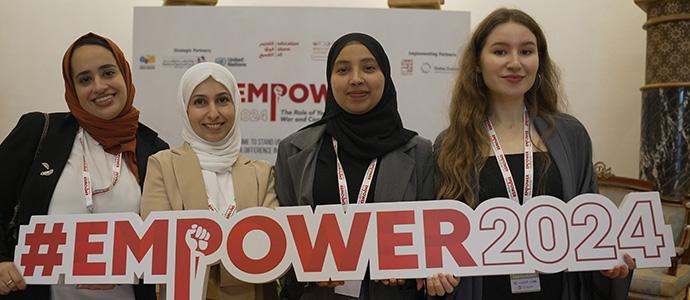Perspectives on Practice and Policy - MALAYSIA
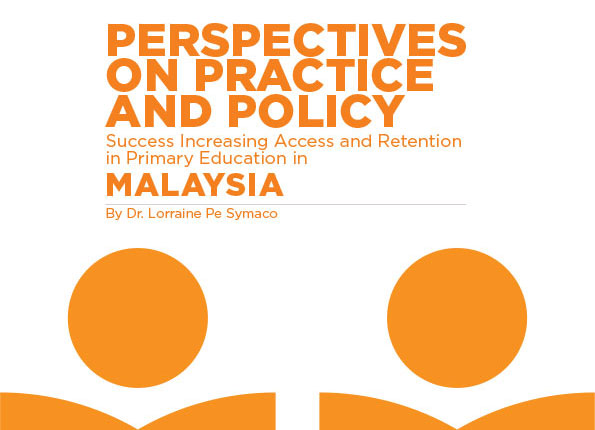
In the 19th century under British rule, the Chinese and Indians were brought to Malaysia to work mainly in tin mines and rubber plantations. When the country achieved independence in 1957, they were granted citizenship.
Access and quality of education have been a key agenda item for Malaysian government to foster national unity and enhance economic growth. The First Malaysia Plan (1966–1970) and the subsequent plans emphasise the importance of education: “Unless the education system is geared to meet the development needs of the country, there will be a misallocation of an important economic resource, which will slow down the rate of economic and social advance” (Government of Malaysia, 1965 p.163). The government allocates substantial financial resources to education annually, constituting about 17 percent of the total public expenditure.
In 2005, with 95.9 percent net enrolment rates for both boys and girls, Malaysia was close to achieving the Education for All (EFA) and Millennium Development Goal (MDG) in education; it should be noted that the NER has been at or above 95 percent since 1994. The Ministry of Education (MOE) has been working closely with state and district education offices, international organisations (for example, UNICEF and UNHCR), non-governmental organisations (NGOs), such as Child Aid Borneo, as well as the Human Rights Commission, to expand access to primary schooling to all children. However, access to education is lower for children who are poor, live in remote and sparsely populated areas, and without citizenship documentation. Furthermore, children without citizenship documents are not captured in the calculations of NER, and thus represent an additional population of out of school children and youth.







